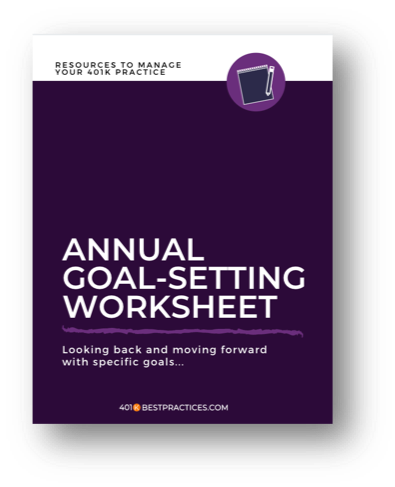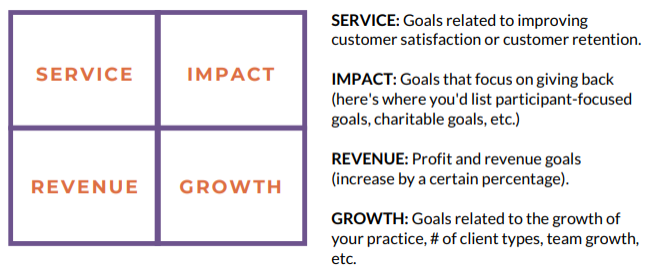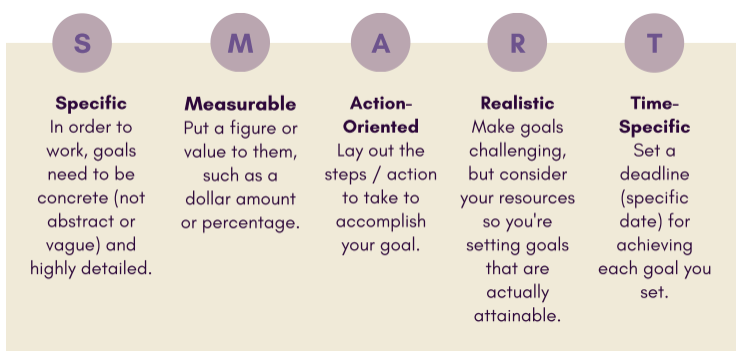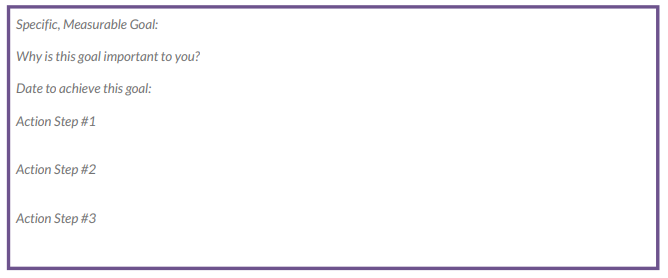Are You On Track to Hit Your 401k Business Goals for the Year?
Listen to the Podcast episode of this topic here.
Or watch the YouTube Video here.
Today I realized we are halfway through the year, six months have passed.
We have six months left, and hopefully in January or at the end of last year (even better), you sat down and wrote out a strategic business plan for the year and you set some 401k business goals.
Maybe you used the annual goal setting worksheet that’s available in the resource library on 401kbestpractices.com. But if not, you can go there and grab it for free. Just have to log in and membership is free.

Anyway, I realized we are halfway through the year and goals are one of those things that you can’t just set and then come the end of the year, look and see how you did. They have to be reevaluated, reanalyzed. Maybe you have to pivot and adjust – and you have to do that regularly.
And if you haven’t reevaluated and reviewed your goals for this year yet, now is the perfect time – we are halfway through the year.
Time Waits for No One
Many of you know, and most of you probably don’t know, but I was working as a project manager for a gentleman named Jeff Walker. He is one of the OGs in the internet marketing world. And I worked for him for almost seven years, but I retired at the end of the year. And so starting in January (2022), I decided to take some time off to rejuvenate, refresh, kind of like a mini retirement, take my kids on some adventures.
But now that we’re halfway through the year and my business is the business that provides for my family, it’s time to get serious. And I think any business that you have that you expect to be a revenue generating business, you have to run it like a business and not a hobby.
So today, specifically as I sit down and work through this goal setting worksheet, I encourage you to revisit your goals. And if you haven’t set goals for this year yet, now is the perfect time – do it with me.
Goal Setting 101
One of the things that I think is super important to look at when setting goals is that you identify both the long-term goals or initiatives to accomplish in the next three to five years, as well as those short-term goals. How about just between now and the end of the year? How do you want to wrap up this year?
Four General Types of Goals
And then I also like encourage you to look at four general areas.

The first area is service goals related to improving customer satisfaction and customer retention. To me, that’s the first and most important goal. It’s so much easier to keep a client than it is to get a new client. As you know, being a financial advisor. It hurts to lose clients. Every new client that you get, it seems today anyway, is harder and harder. So, service is one of the first areas.
The second is impact goals that focus on giving back – maybe charitable goals or participant focused goals.
The third goal and super important, obviously, is a revenue goals – profit and revenue. Typically to increase by a certain percentage.
And then growth goals – goals related to the growth of your practice. Maybe it’s identifying number of clients that you want, number of new team members that you want, whatever it is, goals for growth for your business.
And it’s also super important that you make those goals, S.M.A.R.T. goals.
And almost everybody has heard of that acronym S.M.A.R.T., but if you haven’t, S stands for specific, they need to be concrete, not abstract and highly detailed.

M stands for measurable, put a figure or value to them, such as a dollar amount or percentage a stands for action oriented. You need to lay out the specific steps or action that you’re going to take to help you accomplish those goals.
The R stands for, and this is the hardest one for me. And maybe some of you might also struggle with it – realistic. I’m a Pollyanna. I really am. I’m probably the most overly optimistic person you’ll ever meet. But your goals have to be realistic. Make them challenging, but consider your resources, your time, your ability to get these goals accomplished so that you’re setting goals that are actually attainable.
The A stands for action oriented – you need to map out what action steps you’ll take to actually achieve those goals.
And then the last one in S.M.A.R.T. is time specific (set a deadline), a specific date for achieving each goal that you set. And in this case, here we are July 1st, we are gonna set goals. I encourage you to set goals to reach by December 31st – end of the year.
Review Where You’ve Been
Some things that I think would help you in doing this, and I’ve included them in the goal setting worksheet that you can download on the website, 401kbestpractices.com, is to review where you’ve been.
“Study the past, if you would define the future,” says Confucius.
So what was your biggest accomplishment during the last 12 months? Think about that. Write that down and then two, identify one success or activity from this past year, or maybe just the first six months of the year that made an impact on helping participants on helping plan sponsors achieve their goal for a successful plan.
There’s a lot that you can do with that (answer to that question) in your marketing. That’ll also help inspire you and motivate you to reach your goals in the next six months.
Examples:
And when I, when I talk about identify a success or activity, one example, (sometimes I’m the kind of person that loves examples)…
- you implemented auto-escalation on three plans affecting 3,200 participants in all. That’s a very specific example, right?
- Or you provided education advice to 500 employees through 18 group meetings and 85 individual consultations.
- Maybe you negotiated expenses for a plan that reduced their cost by 30%, which equates to potentially 300 more a month for participants in retirement.
So identify activity or success from this past year that you did, that you accomplished, that actually made an impact on helping participants and plan sponsors.
All right now, a great quote from Zig Zigler that I love and like I refer to often just for myself, for my own benefit, is…
“More people would learn from their mistakes if they weren’t so busy denying them.”
So look back over the past year or the first six months of the year and identify what would you have done differently? What could you have done differently in order to get a little bit closer to your goals? What things should you eliminate, that you really didn’t need to be doing that really made no impact at all on any of those four areas of goals that you might set for yourself?
Identify Your #1 Business Goal for the Rest of the Year
And then here’s where we start talking about next year or the wrapping the year up in a really solid way, is what is your number one business goal for the rest of the year? If you could accomplish only one thing between now and the end of the year, what would it be?
“Motivation is what gets you started, habit is what keeps you going.”
I can’t stress enough that every single time I see somebody that’s hugely successful in any area of business, it’s not necessarily the tactics or strategy they used. It’s all about consistency. Consistency can help overcome an awful lot of things that we might fault at when it comes to how well we actually do the things that we do. But consistency is the number one key to success that I’ve seen.
Identify Your Why
With the goal that you just wrote down. I want you to think now, why is this goal important to you? And what do you think is needed to accomplish that goal? What kind of consistent steps are you going to have to put in place in order to reach your goal for the end of the year, before the end of the year?
Being S.M.A.R.T.
And then here’s where we get into the specifics. What is the deadline for achieving your number one goal and what are the first reaction steps you must take?
I think setting goals is one of those exercises that you have to put pen to paper. You have to hash it out. Sometimes what you think in your head sounds great. Once you see it on paper, it’s not that great. So make sure that you grab a pen and paper and sit down and go through these questions.
Now in the goal setting worksheet that I’ve put in the VIP resource section of the website, completely free to access, additional pages are in there that include identifying the specific goals, the S.M.A.R.T. goals for each of the specific areas.

Identify a specific service goal. You have a specific impact goal, revenue, goal, and growth goal that you have and make sure that you answer the questions on 1) why that goal is important to you; 2) the date that you want to achieve that goal; and 3) three action steps to take.
If you want to get that worksheet this article just talked through along with a ton of other great resources, click on the free resources link at the top of the page.